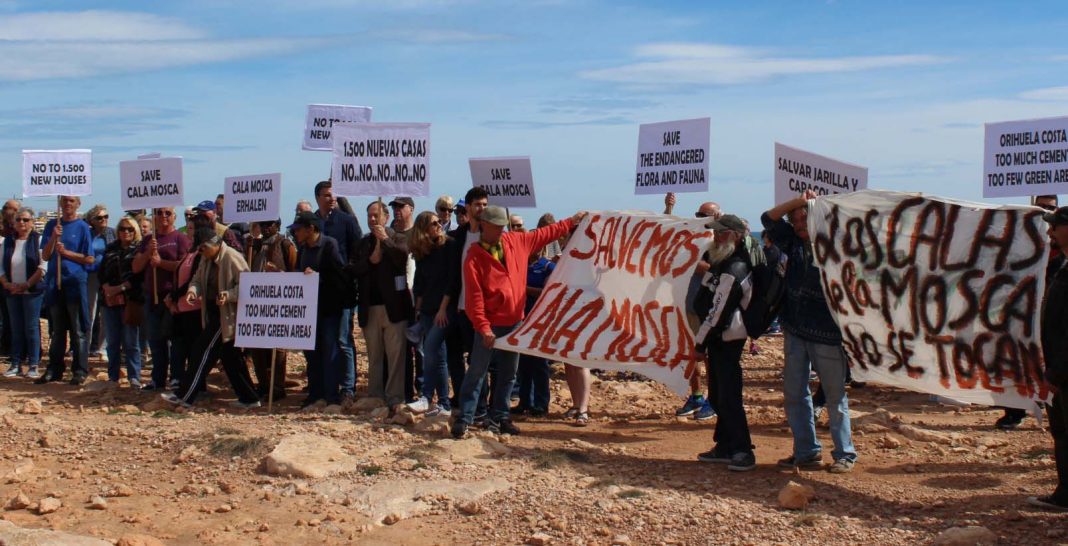Within a month we should know the fate of the last kilometre of unconstructed land on the Orihuela in Cala Mosca after the Consell has accepted the modification of the Environmental Impact Statement submitted by the builder.
However, the Consell has imposed a series of conditions and changes that the promoter must make to the project in order to achieve a positive environmental impact. Sources suggest that these seem to be steps that the builder can correct within a reasonable length of time, because they are not as complex as could be expected, and now leaving the door open for the construction of 1,500 homes.
The modifications to the project should be viable long before the 5 years that the Pativel (Territorial Action Plan) gives to build houses in what is a privileged area, and before it is declared protected.
It seems that access roads must be diverted to ensure that vehicles are unable to enter the area where they could inflict damage on two protected species, the cat head plant ‘Helianthemum caput-felis’ and the snail ‘Tudorella sulcata’.
The report has caused a bitter taste among those who, for many years, have argued against a project that will fill the last virgin kilometer of coastline in Orihuela with concrete and brick. Although the environmental impact report prevents building on certain plots to protect the two endemic species, it is not the outcome that many wanted.
In addition, the Council must guarantee the availability of water resources to the potential population. Other constraints are to respect the 20 metre wide “Cañada del Mar” cattle track, provide public parking and upgrade the pedestrian-cyclist way





